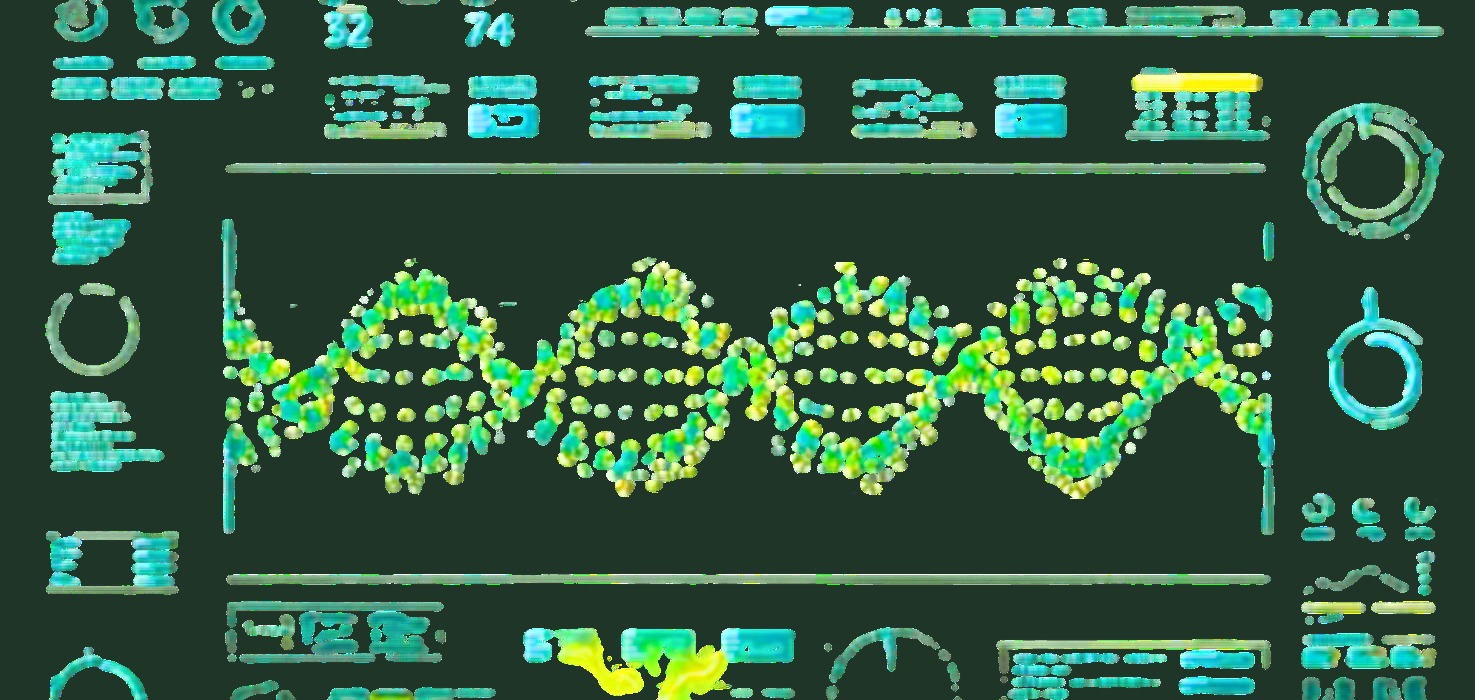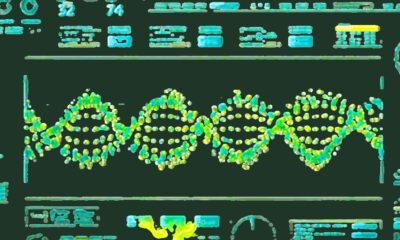Science
New AI-Generated Visual Anagrams Revolutionize Brain Research

Researchers at Johns Hopkins University have developed innovative artificial intelligence-generated images known as “visual anagrams,” which could significantly advance the understanding of human perception. These images can appear as one object but reveal an entirely different form when rotated, providing a novel method for studying how the brain processes visual information. The research received funding from the National Science Foundation Graduate Research Fellowship Program.
Tal Boger, the lead researcher, emphasized the importance of these images for scientific exploration. “These images are really important because we can use them to study all sorts of effects that scientists previously thought were nearly impossible to study in isolation—everything from size to animacy to emotion,” he stated. The project utilized a new AI tool to create visual anagrams, which are essentially orthogonal transformations of images.
Among the visual anagrams produced are intriguing combinations, such as an image that simultaneously resembles both a bear and a butterfly, and another that can be seen as either an elephant or a rabbit. A third example presents a duck that can also appear as a horse.
Exploring Perception of Real-World Size
The initial experiments conducted by the team focused on how individuals perceive the real-world size of objects. This area of study has long puzzled perception scientists because it is challenging to determine whether subjects react to an object’s actual size or to other visual characteristics such as shape, color, or texture. People typically gauge the size of objects by integrating visual information with distance cues, a cognitive process known as size constancy. This enables the brain to maintain a consistent perception of an object’s true size, regardless of its varying retinal image size.
With the introduction of visual anagrams, the researchers uncovered evidence supporting many established effects related to real-world size perception. Even when the large and small objects used in their studies were simply rotated versions of the same image, these effects were observed. For instance, studies have shown that individuals find images more aesthetically pleasing when they align with their real-world size—preferring larger depictions of bears compared to butterflies. Boger and his colleague, Dr. Michael Firestone, discovered that this trend also applied to visual anagrams. When participants adjusted the bear image to reach its ideal size, they tended to make it larger than when they adjusted the butterfly image, despite both being the same image in different orientations.
Future Applications in Psychology and Neuroscience
The researchers aim to leverage visual anagrams to further investigate how people respond to both animate and inanimate objects. It is well-established that the brain processes these categories differently, suggesting the potential for creating anagrams that represent a truck in one orientation and a dog in another. This approach is versatile and could be utilized for a range of future experiments across psychology and neuroscience.
The research findings are set to be published in an upcoming issue of the journal Current Biology. As the field of cognitive research continues to evolve, the implications of visual anagrams may open new avenues for understanding perception and cognition.
Dr. Tim Sandle, Digital Journal’s Editor-at-Large for science news, specializes in various disciplines including science, technology, and health. His insights provide a valuable perspective on the ongoing developments in research and academia.
-

 Politics3 weeks ago
Politics3 weeks agoSecwepemc First Nation Seeks Aboriginal Title Over Kamloops Area
-

 World4 months ago
World4 months agoScientists Unearth Ancient Antarctic Ice to Unlock Climate Secrets
-

 Entertainment5 months ago
Entertainment5 months agoTrump and McCormick to Announce $70 Billion Energy Investments
-

 Lifestyle4 months ago
Lifestyle4 months agoTransLink Launches Food Truck Program to Boost Revenue in Vancouver
-

 Science5 months ago
Science5 months agoFour Astronauts Return to Earth After International Space Station Mission
-

 Technology3 months ago
Technology3 months agoApple Notes Enhances Functionality with Markdown Support in macOS 26
-

 Top Stories2 months ago
Top Stories2 months agoUrgent Update: Fatal Crash on Highway 99 Claims Life of Pitt Meadows Man
-

 Lifestyle3 months ago
Lifestyle3 months agoManitoba’s Burger Champion Shines Again Amid Dining Innovations
-

 Sports5 months ago
Sports5 months agoSearch Underway for Missing Hunter Amid Hokkaido Bear Emergency
-

 Politics4 months ago
Politics4 months agoUkrainian Tennis Star Elina Svitolina Faces Death Threats Online
-

 Politics4 months ago
Politics4 months agoCarney Engages First Nations Leaders at Development Law Summit
-

 Technology5 months ago
Technology5 months agoFrosthaven Launches Early Access on July 31, 2025





















